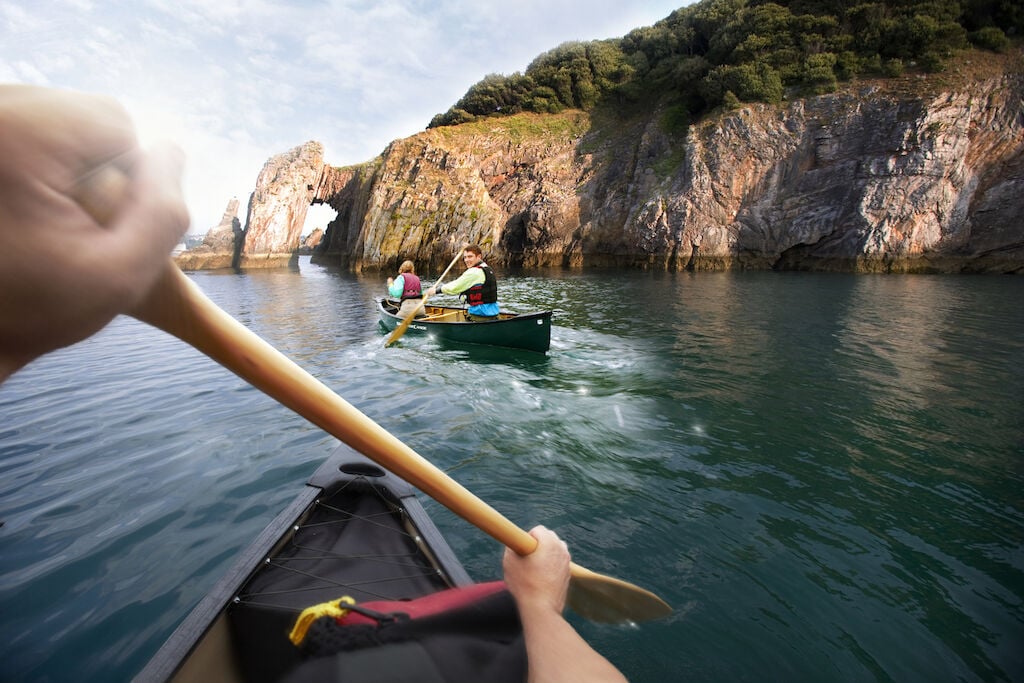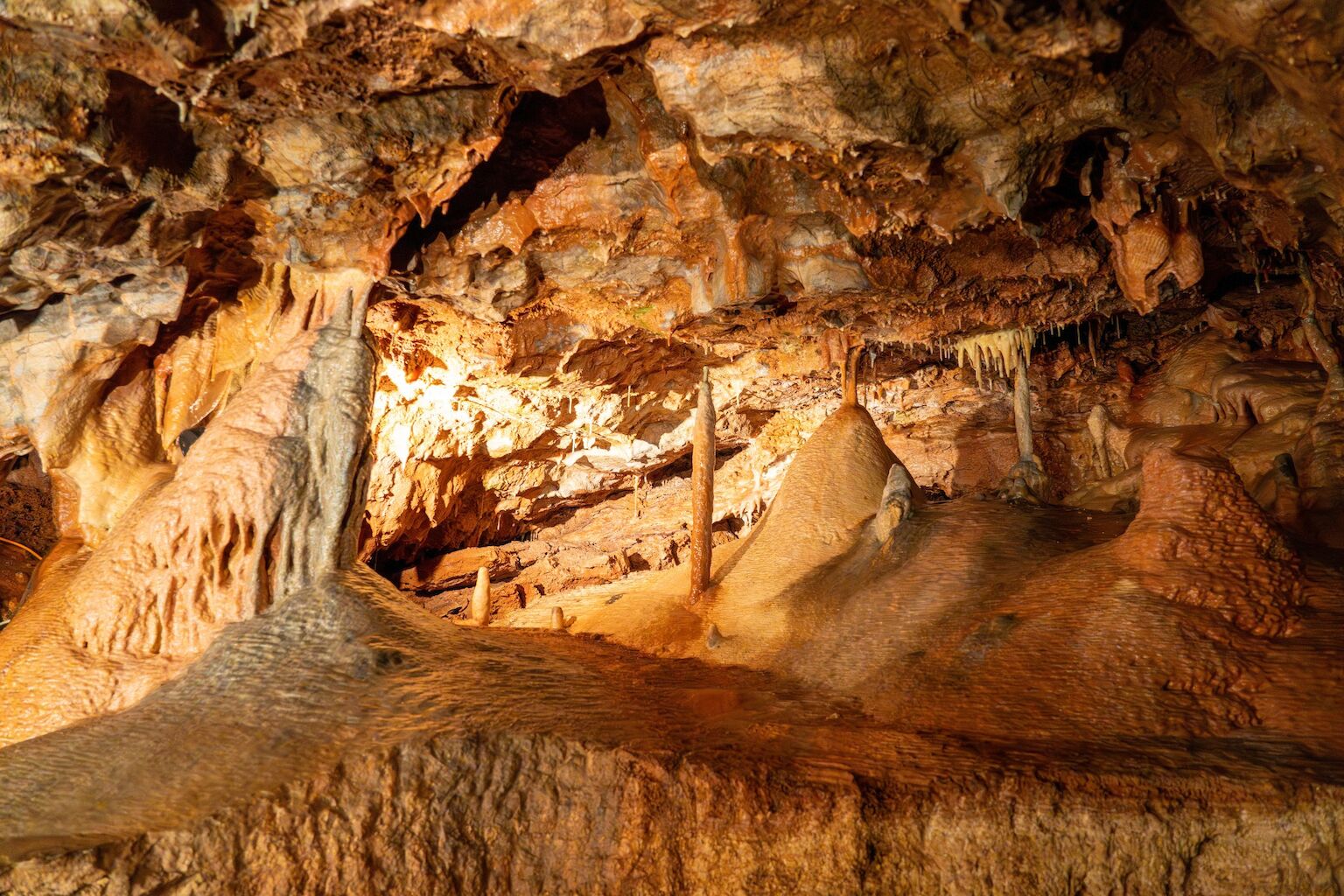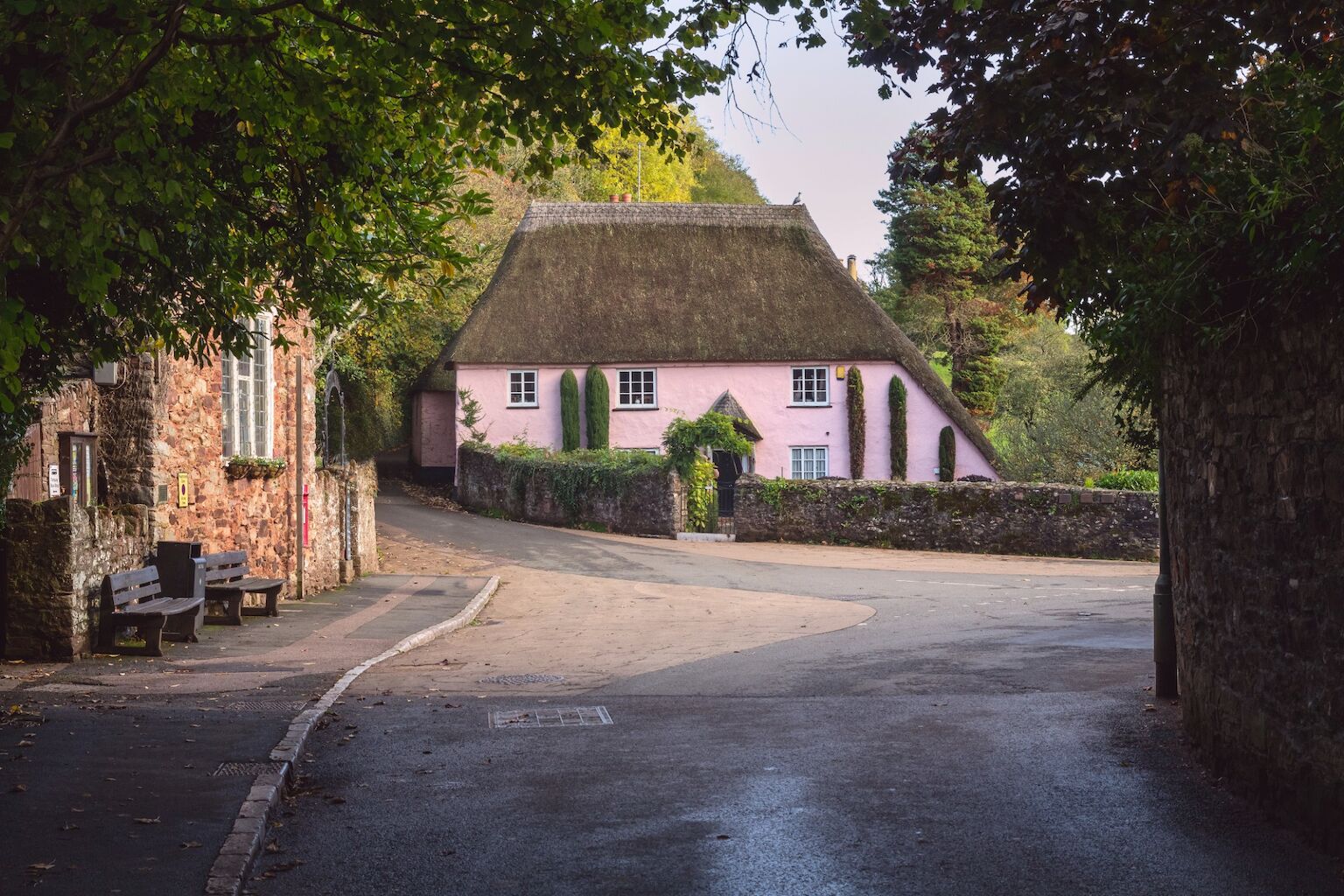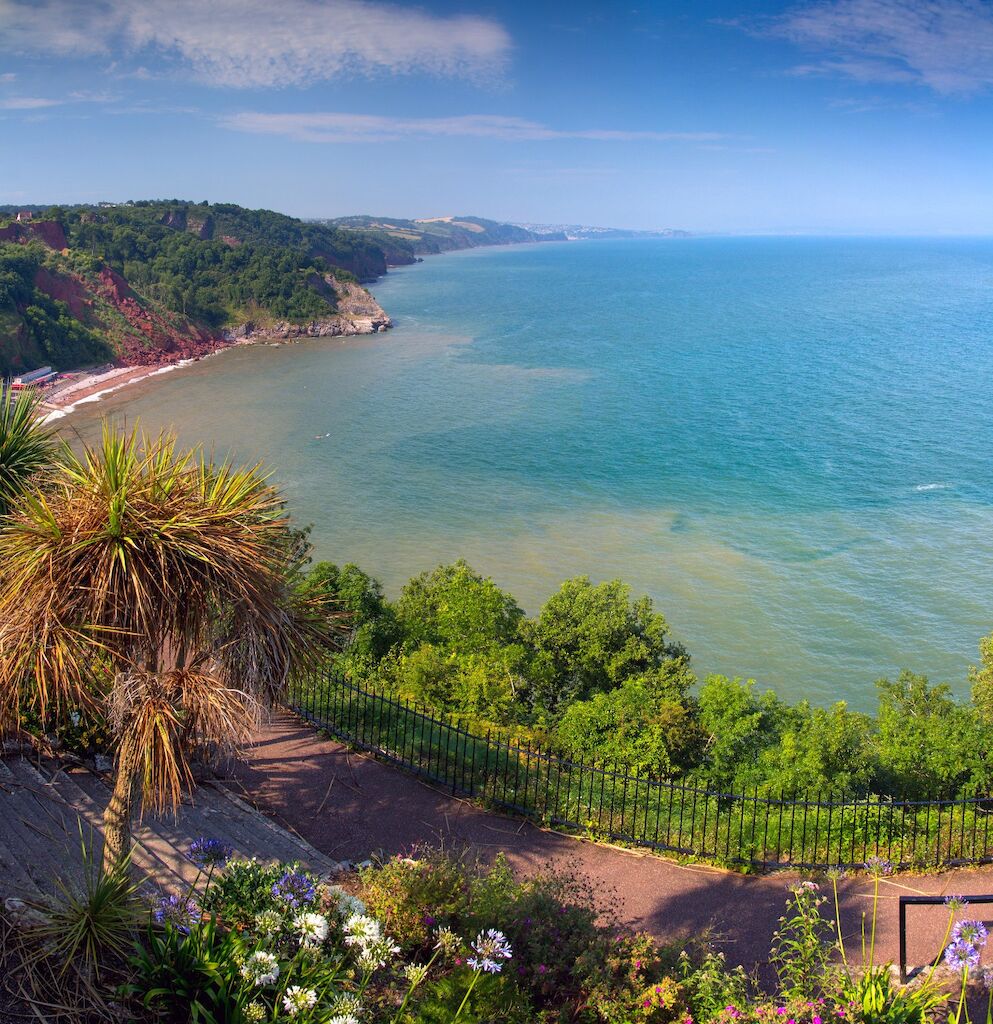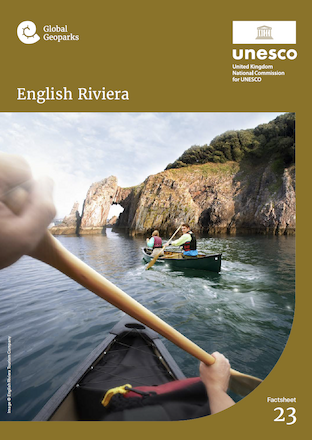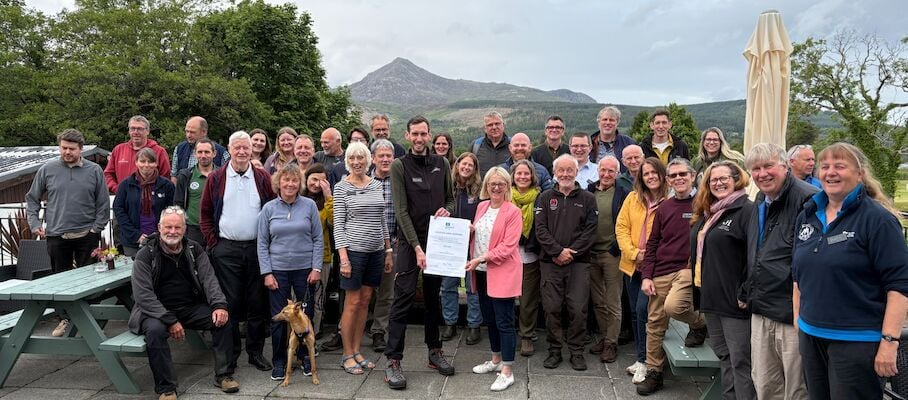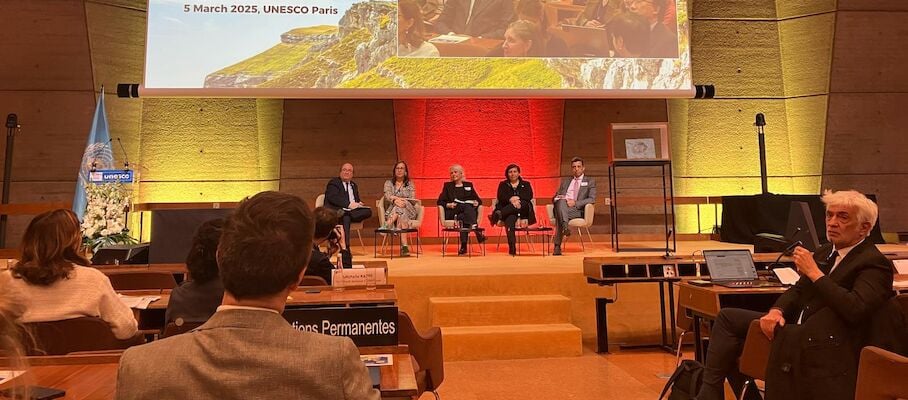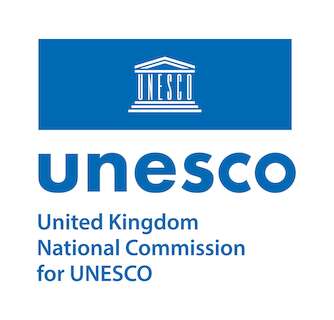English Riviera
Including the three towns of Torquay, Paignton and Brixham, the naturally inspiring English Riviera is one of Earth’s extraordinary places, situated on the beautiful coast of South Devon. The area’s remarkable geology is exposed along 22 miles of intricate coastline which provides a real mix of quiet wildlife-rich secluded coves, dramatic cliffs and headlands to family friendly beaches, bustling seafront proms and protected harbours. An intriguing place of discovery where past meets present.
What makes this UNESCO Designation special?
At first glance, the popular seaside resort of the English Riviera might seem an unlikely place to be recognised by UNESCO but delve just a little deeper and you’ll find the area’s unique and internationally significant geology has influenced its stunning landscape and biodiversity leading to one of the highest concentrations of geological, land and marine based designated sites in the UK.
With a wealth of recognised historical and cultural sites too, the geology has even shaped the area’s incredible human history. From providing shelter to the earliest prehistoric people and animals in Kents Cavern, to creating ideal conditions for the monks to thrive at Torre Abbey, it protected Nelson’s fleet out in the bay from the prevailing winds and of course enabled the development of Brixham as a fishing port, still thriving today.
A place that has influenced geologists, archaeologists, artists and writers, the Geopark is packed full of stories to share from 400-million-year-old fossils and a 41,000-year-old human jawbone to the life of Agatha Christie. From exhilarating coasteering to tranquil guided walks and outdoor yoga, the Geopark’s experienced partners provide a range of unique and fun ways to connect with this extraordinary place.
Related Posts
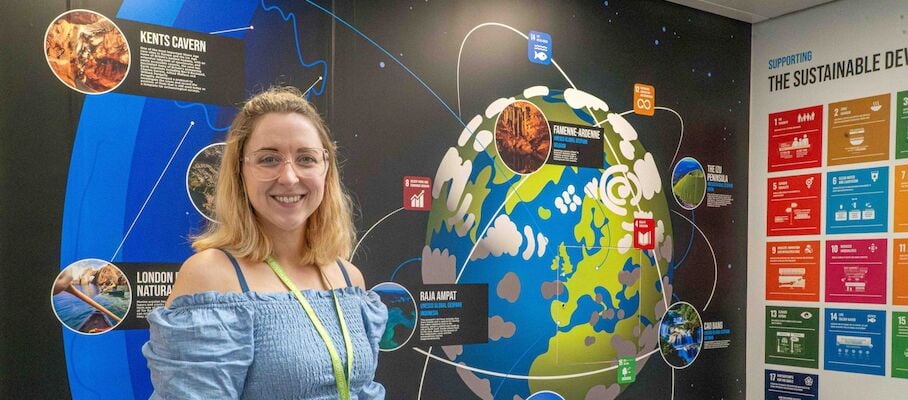
The English Riviera UNESCO Global Geopark is proud to announce that its partner, South Devon College, has been awarded the coveted Green Gown Award for Sustainability Institution of the Year.

